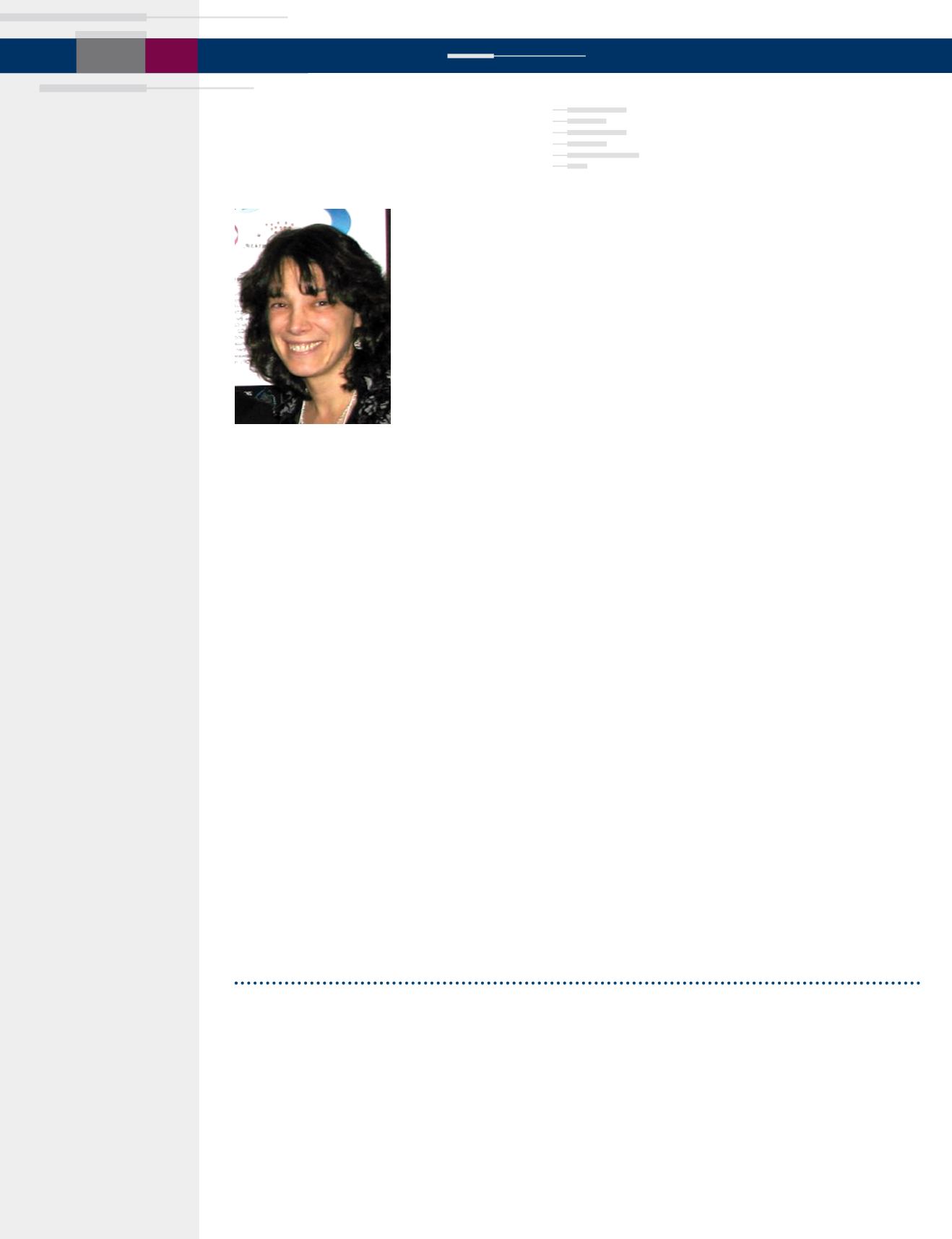

BIOPHYSICAL SOCIETY NEWSLETTER
2
AUGUST
2016
BIOPHYSICAL SOCIETY
Officers
President
Suzanne Scarlata
President-Elect
Lukas Tamm
Past-President
Edward Egelman
Secretary
Frances Separovic
Treasurer
Paul Axelsen
Council
Olga Boudker
Jane Clarke
Bertrand Garcia-Moreno
Ruth Heidelberger
Kalina Hristova
Robert Nakamoto
Arthur Palmer
Gabriela Popescu
Joseph D. Puglisi
Michael Pusch
Erin Sheets
Joanna Swain
Biophysical Journal
Leslie Loew
Editor-in-Chief
Society Office
Ro Kampman
Executive Officer
Newsletter
Catie Curry
Beth Staehle
Ray Wolfe
Production
Laura Phelan
Profile
Ellen Weiss
Public Affairs
Beth Staehle
Publisher's Forum
The
Biophysical Society Newsletter
(ISSN 0006-3495) is published
twelve times per year, January-
December, by the Biophysical
Society, 11400 Rockville Pike, Suite
800, Rockville, Maryland 20852.
Distributed to USA members
and other countries at no cost.
Canadian GST No. 898477062.
Postmaster: Send address changes
to Biophysical Society, 11400
Rockville Pike, Suite 800, Rockville,
MD 20852. Copyright © 2016 by
the Biophysical Society. Printed in
the United States of America.
All rights reserved.
President's Message
In the April newsletter, I wrote an article about ways to make more
funding available to researchers from The National Institutes of Health
(NIH) — although some ideas might be generalized to other agencies.
Here, I would like to summarize some of the responses that I’ve received
from you. Surprisingly, all of them were very positive. A few of you also
made additional comments that I would like to share with our member-
ship, and with NIH.
One member pointed out that when NIH makes its case to Congress for
funding, they should estimate the enormous amount of time and money
lost by scientists’ never-ending fights for funding. While I am sure that
they already do this, it might be nice to survey our membership for
estimates on their time spent writing grants versus doing research-related
work.
Some investigators pointed out that NIH institutes do not clarify the nature of the science they
fund, but most of this confusion could be alleviated by calling program officers before working on a
grant.
There was a concern about the demographics of the Pioneer awardees in that at least half work at
Ivy League institutions and 90 percent work on either the East Coast or the West Coast. These
awards should be made available to all deserving scientists.
There were two ideas that many of you would like to see instituted.
1. Most would like to see the step cut-off (i.e., where all scores below a line are funded and all
above are not) eliminated. The general consensus is that tapering down the proposals that
are funded over at least 10 percentage points would be a good way to keep more investiga-
tors working in the lab rather than re-writing grants.
2. The idea of sunset funding is very appealing. Some older investigators are not ready for
retirement but don’t want to take funding away from young people. Keeping a senior lab
alive with only one technician or research associate would be a good solution. There were
several ideas of how to do this such as having a PI’s R01 extended over longer funding peri-
ods with decreased direct costs or having 4–5 year funds funding at a lower level.
If anyone has any other ideas, please send them to me at
president@biophysics.org.
Suzanne Scarlata
Jane Dyson
(Continued from page 1)
As part of her vision for the Journal, Dyson
intends to target turnaround times and attract-
ing submissions from new areas. She wants to
ensure efficiency and consistency in the review
and evaluation process across scientific areas,
and plans to continue the many excellent initia-
tives started by her predecessors.
“I am excited that Jane will become editor in
chief in 2017. The Society has been fortunate
to have had great editors leading BJ, and we are
continuing this tradition with Jane’s appoint-
ment. She will bring a new perspective and
thoughtful leadership at a time when scholarly
publishing is facing many changes and challeng-
es,” says Society President-Elect
Lukas Tamm
.


















